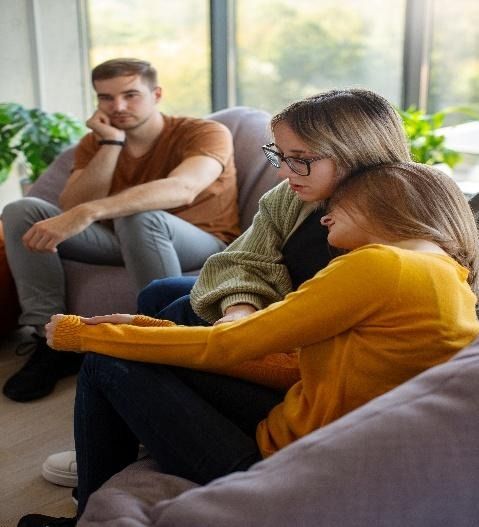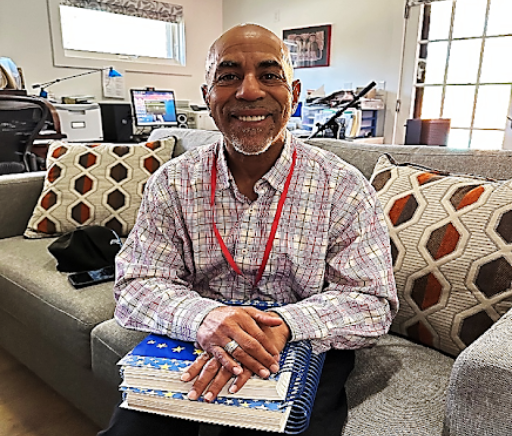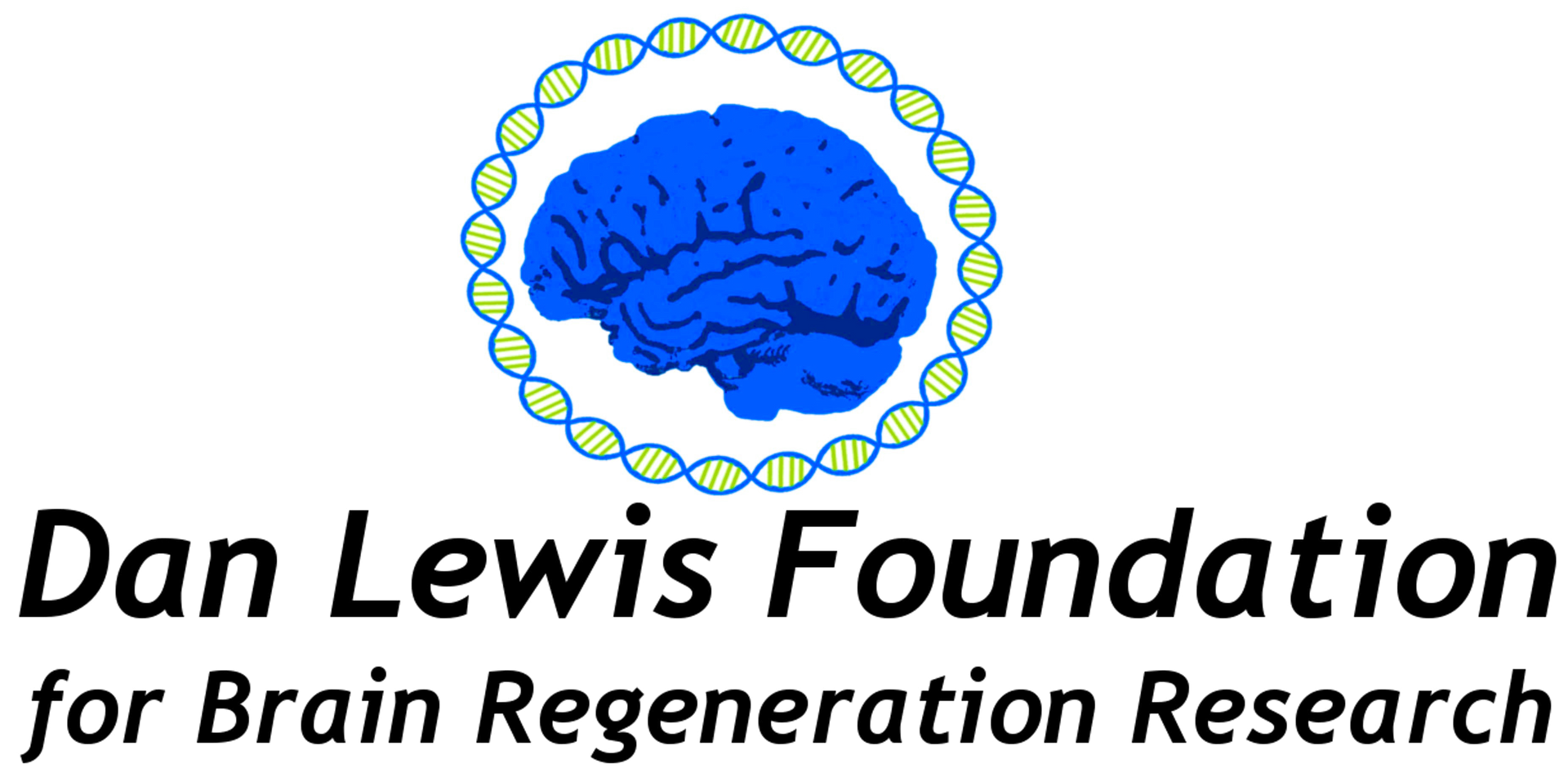The overarching goal of the Dan Lewis Foundation for Brain Regeneration Research (the DLF) has been, for the past five years, to support biomedical and biotechnological discoveries that will bring the promise of regenerating and repairing the seriously damaged brain into reality. We pursue this goal by sponsoring neuroscientific conferences, publishing a quarterly newsletter, funding early career scientists with the DLF Prize program, sharing promising research nationwide, and posting brain injury information on social media. We strongly believe that biomedical and biotechnological solutions and options for regenerating the seriously injured brain are not only possible but inevitable. The key question is not an “if” question but rather a “how soon” question.
Unfortunately, the current U.S. administration has adopted a somewhat negative stance towards the sciences in general, including the health sciences and biomedical research. With disregard for the way scientific knowledge accumulates, the budget slashers at DOGE, under the direction of the President and his Cabinet, have threatened serious cuts to NIH and NIMH research grants as well as to funds supporting students and faculty in neuroscience and biomedical training programs. Serious cuts to funding have already been made and further reductions can be expected. This short-sighted policy approach will significantly delay important discoveries across various scientific fields. Specifically, for DLF’s constituency, discoveries and related clinical trials that were potentially only a few years away may now be postponed by 5 to 10 years.
The DLF continues to stand in support of neuroscientific and biomedical programs, their students, trainees, faculty, and researchers that have contributed so much to the field of regenerating the damaged brain. If you visit our website—danlewisfoundation.org—you will see “Donate” buttons scattered throughout the content. Please consider a donation, no matter how small or large—to help us continue our work to catalyze progress in brain regeneration research and to urge policy makers to correct course and return to solid support of biomedical and biotechnological advances that will be of so much value to the American public and to persons with serious brain injuries worldwide.
Hal C. Lewis Ph.D.
DLF Co-Director
David Margulies, M.D,
DLF Co-Director


